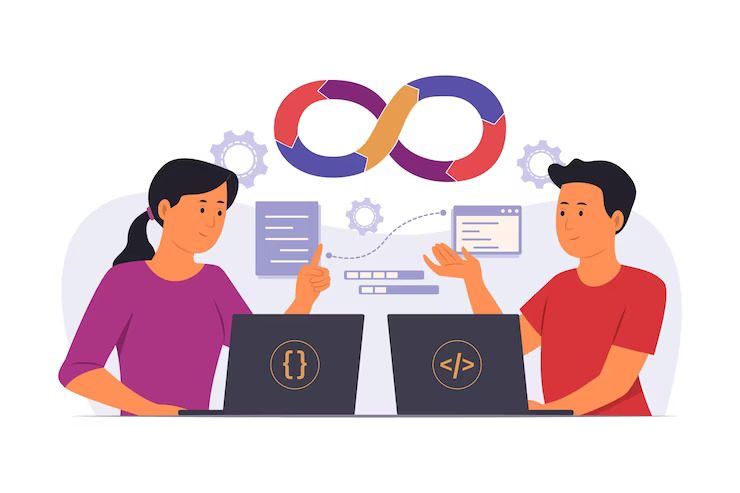Version control is a vital tool for developers that allows them to track and manage changes to their codebase. Git is one of the most popular distributed version control systems, and GitHub is a web-based platform that provides hosting and collaboration features for Git repositories. Here’s a step-by-step guide to getting started with Git and GitHub:
1. Install Git:
- If you haven’t already, download and install Git from the official website (https://git-scm.com/downloads).
- Follow the installation instructions for your operating system.
2. Configure Git:
- After installing Git, open a terminal or command prompt, and configure your name and email for identification in Git:
arduino
git config --global user.name "Your Name"
git config --global user.email "[email protected]"
3. Initialize a Git Repository:
- Create a new directory for your project and navigate into it using the terminal or command prompt.
- Initialize a Git repository in the project directory:
csharp
git init
4. Create and Modify Files:
- Add your project files to the directory or create new files in the project folder.
5. Stage and Commit Changes:
- Stage the files you want to include in the next commit:
csharp
git add file1 file2 ...
- Commit the changes with a descriptive message:
sql
git commit -m "Your commit message here"
6. Connect to GitHub:
- Go to GitHub (https://github.com/) and create a free account if you don’t have one.
- Create a new repository on GitHub, but do not initialize it with a README or .gitignore file.
7. Link Local Repository to GitHub Repository:
- In the terminal or command prompt, add the remote repository URL to your local repository:
csharp
git remote add origin https://github.com/your-username/your-repo-name.git
8. Push to GitHub:
- Push your local repository to GitHub:
perl
git push -u origin master
- You will be prompted to enter your GitHub credentials.
9. Pulling Changes from GitHub:
- If you’re collaborating with others, pull changes from the remote repository before you start making changes locally:
git pull origin master
10. Branching and Merging:
- Create a new branch to work on a specific feature or fix:
arduino
git checkout -b new-branch-name
- Switch between branches using
git checkout. - Merge branches back to the main branch when the feature is complete:
sql
git checkout master
git merge new-branch-name
11. Git Workflow:
- Regularly commit your changes with descriptive messages.
- Push your commits to the remote repository to collaborate with others.
- Pull changes from the remote repository before making your own changes.
Remember to consult the official Git documentation or various online tutorials and guides for more advanced Git commands and best practices. With Git and GitHub, you can efficiently collaborate with other developers, track changes in your codebase, and ensure the integrity and version history of your projects.





